There is more to landscape photography than just a sweeping epic photograph. What? You don’t agree? The definition of landscape is, “all the visible features of an area of countryside or land, often considered in terms of their aesthetic appeal.” I think we can apply that definition to more than just the big picture.
The big picture landscape
Mostly when we think of landscape photography, we think of the whole picture — the very wide, many times panoramic images that show us an incredible scene. Majestic mountains with beautiful flowers in the foreground. Natural monuments of stone arches. Forests and lakes. These are all included among the amazing landscape photographs we see on a regular basis. These images give us an overall view, they help us to feel like we’re standing right there looking at the same view as the photographer.

But, there are other ways to look at landscape photography that can help you tell your story, in my opinion.
The in-between or middle-range photos
It’s so easy to get caught up in the big picture, where we are and trying to capture everything that is new to us. When we do this, we miss pieces of the story of the location. This is something I do when I travel. Take some time to look around, wander and put your camera down for a bit. What else do you see that will help you show others more than just the overall place? What catches your eye?
.mgl-tiles { display: none; } #mgl-gallery-634edd6a514af { margin: -5px; width: calc(100% + 10px); } #mgl-gallery-634edd6a514af .mgl-box { padding: 5px; } @media screen and (max-width: 768px) { #mgl-gallery-634edd6a514af { margin: -5px; width: calc(100% + 10px); } #mgl-gallery-634edd6a514af .mgl-box { padding: 5px; } } @media screen and (max-width: 460px) { #mgl-gallery-634edd6a514af { margin: -5px; width: calc(100% + 10px); } #mgl-gallery-634edd6a514af .mgl-box { padding: 5px; } }
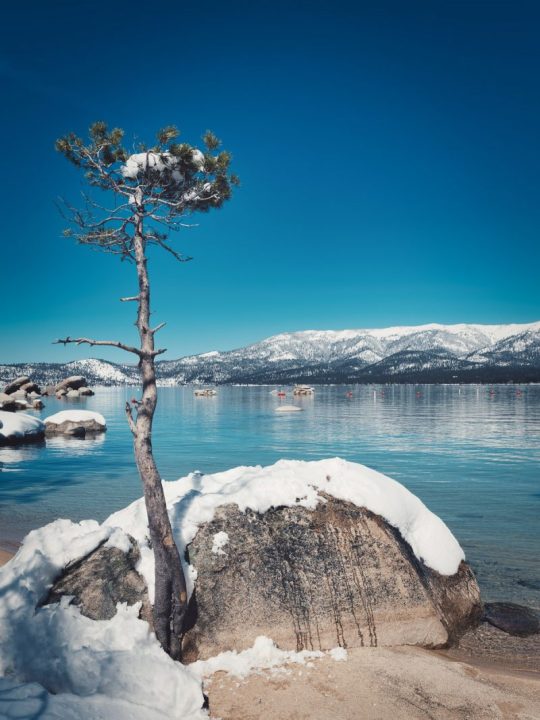
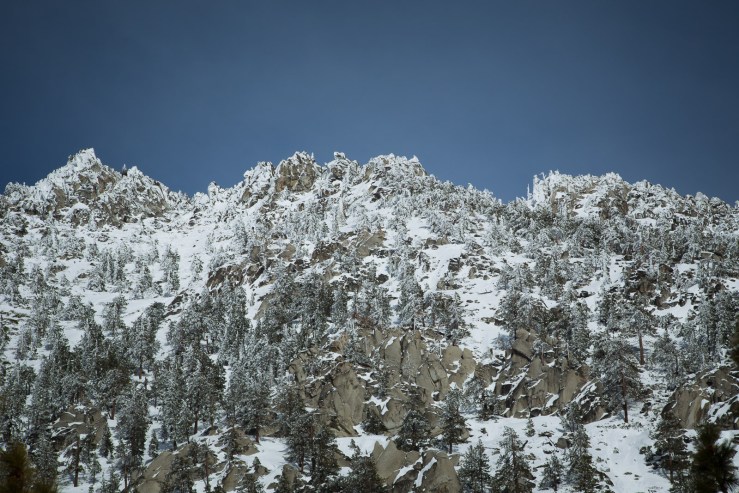
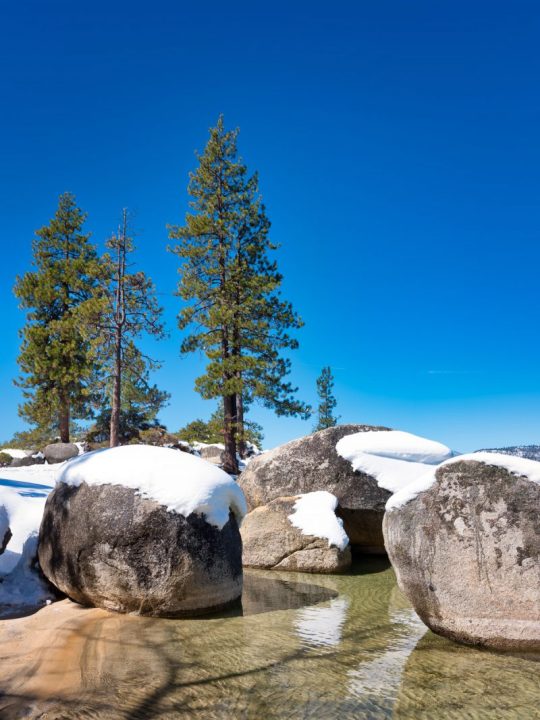
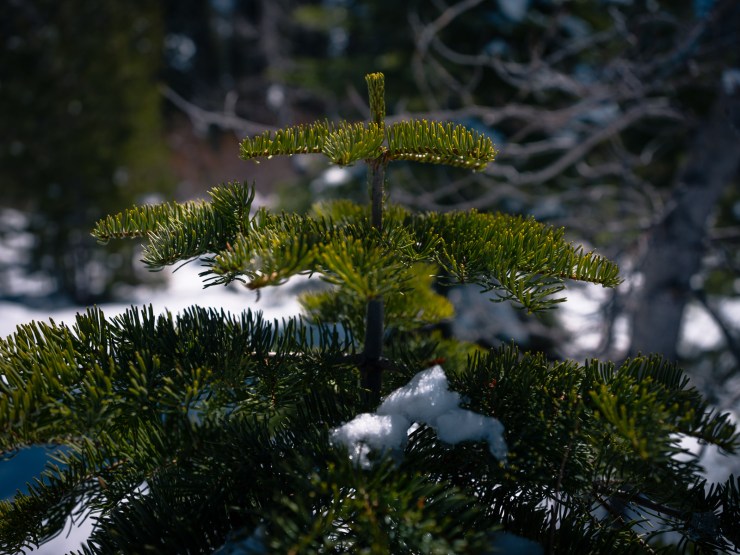
Taking mid-range photographs will show parts of your overall landscape that help get across the idea of where you are and what you are seeing. Look for and shoot sections of the whole — parts of the landscape that are a bit closer to you but still contribute to what you’re seeing and feeling when you’re in that place.
The landscape details
To take it even further, don’t forget the smaller details. What else do you see when you look around where you are standing? Are there interesting plants, rocks or other natural formations? These are still landscapes. Small intimate landscapes.
If you’re not used to seeing and photographing these smaller details it might take you a while to find interesting subjects and compositions. Practice. These smaller sections of a large scene sometimes become abstract in nature, or they can also appear to be something they’re not by playing with the perspective.
.mgl-tiles { display: none; } #mgl-gallery-634edd6a53ee4 { margin: -5px; width: calc(100% + 10px); } #mgl-gallery-634edd6a53ee4 .mgl-box { padding: 5px; } @media screen and (max-width: 768px) { #mgl-gallery-634edd6a53ee4 { margin: -5px; width: calc(100% + 10px); } #mgl-gallery-634edd6a53ee4 .mgl-box { padding: 5px; } } @media screen and (max-width: 460px) { #mgl-gallery-634edd6a53ee4 { margin: -5px; width: calc(100% + 10px); } #mgl-gallery-634edd6a53ee4 .mgl-box { padding: 5px; } }
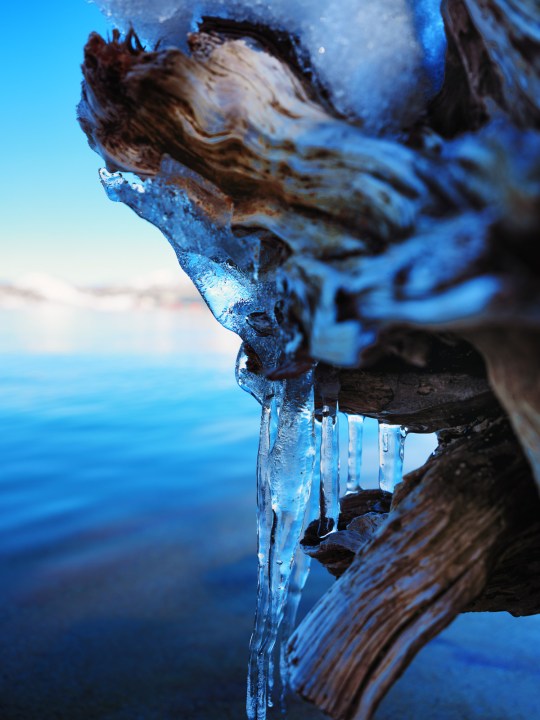
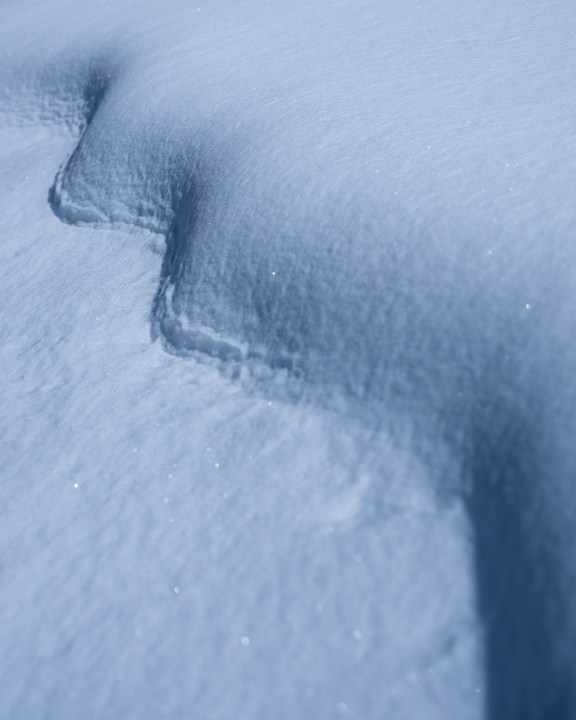
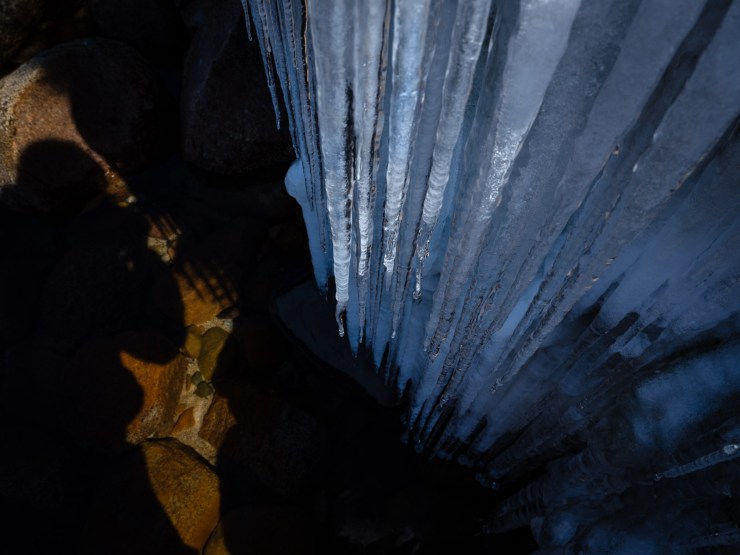
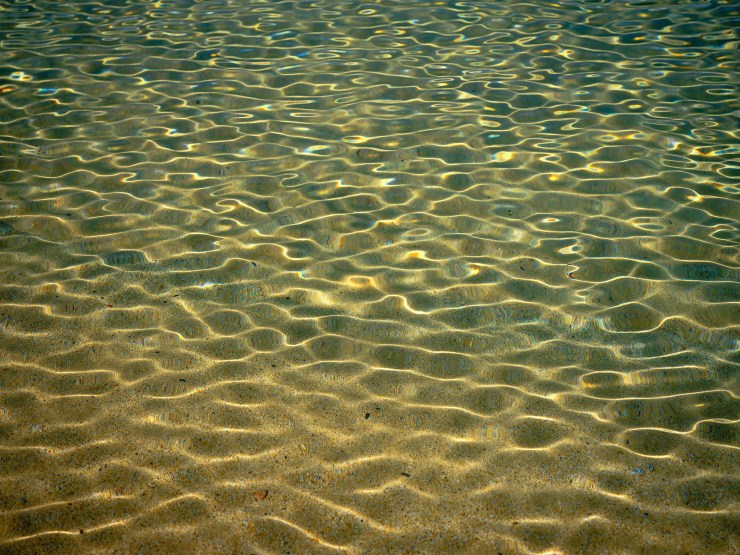
All of these things together create the landscape you were drawn to in the first place so don’t forget to capture the entire story.
Tell your story with the second annual Visual Storytelling Conference!
Experience four days of interactive, online training sessions featuring a range of educational content with experienced photographers and content creators. This free event kicks off with a series of technical boot camps to build essential skills, followed by live, online sessions on photography, video, business and social media. Join live from March 10-13, 2022!
